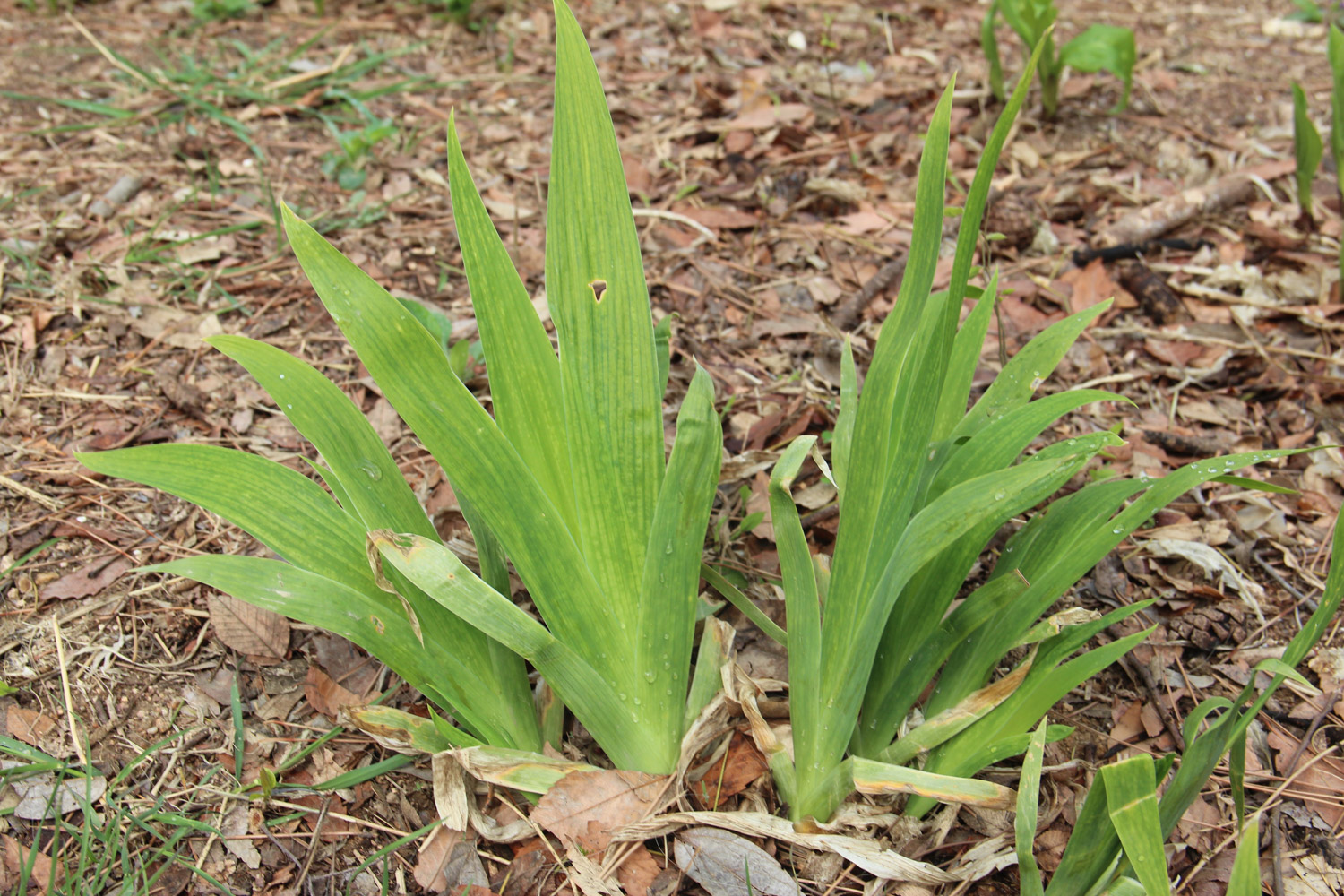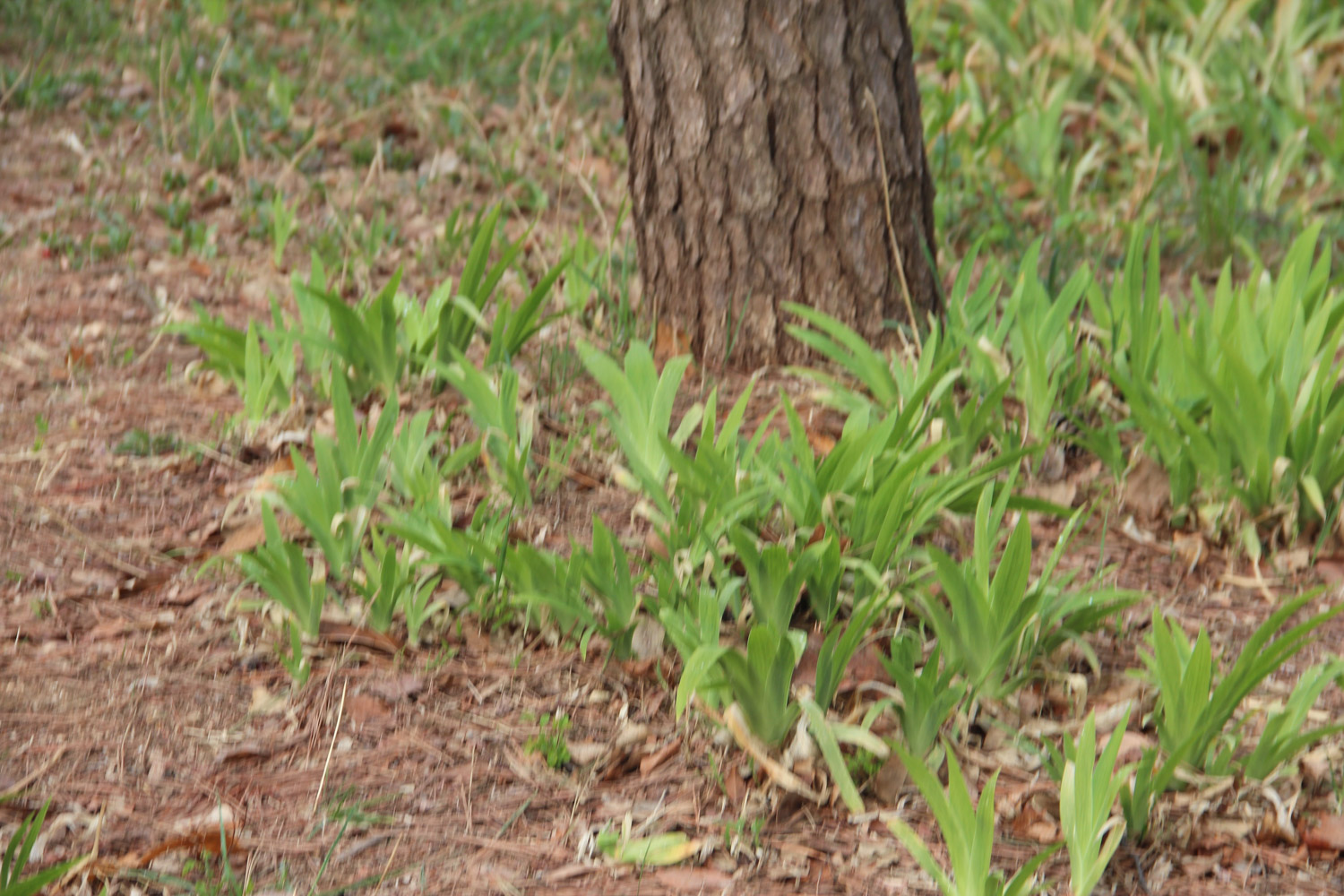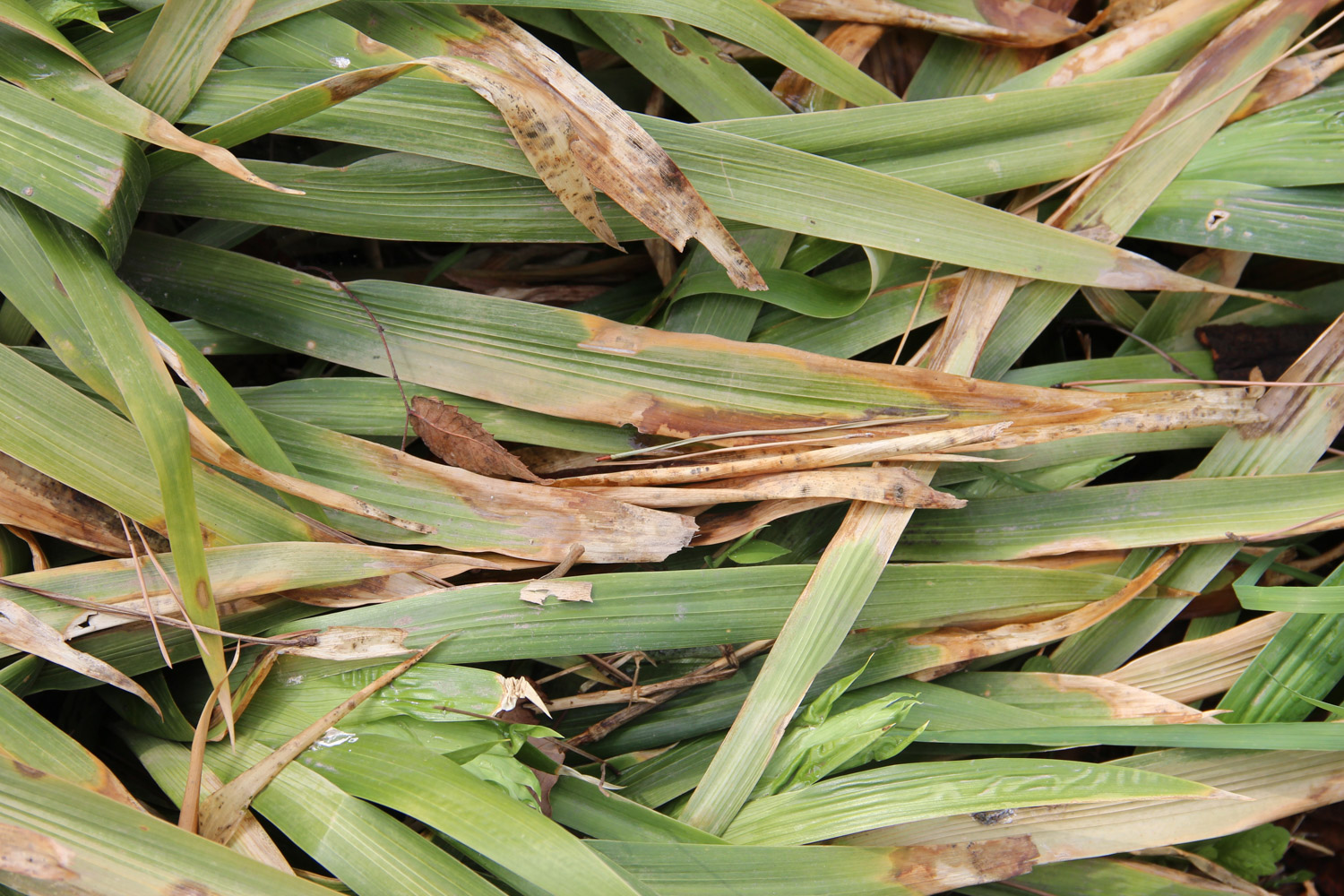1、 Soil
Iris likes a fertile soil environment rich in humus, and it must be noted that it likes cohesive soil. And it doesn't like acidic environment. Neutral or alkaline soil is more suitable for its growth. When you first buy it, you generally don't need to change the soil. However, if the soil is poor, it can also be replaced

2、 Environment
The newly bought iris has just come into contact with a new environment. It needs to be given a more comfortable environment to promote its growth. It's best to give it a temperature of 15-17 ℃ and mild sunlight. At ordinary times, the temperature in the growth environment should be regulated in time. If it is summer, it should be shaded and cooled appropriately to avoid sunburn
3、 Watering
Iris prefers a humid growth environment and has high requirements for water. Don't pour a lot of water when you first buy it. Just pour a little on time. However, we should not be short of water. If there is insufficient water or frequent water shortage, slow germination and poor development may occur. You can also spray some water on the page to moisturize and cool down, but do not maintain and spray water in the sun, which is prone to leaf spots

4、 Fertilization
Fertilizer should be considered after it adapts to the environment. When transplanting iris into a new pot, you can add some rotten compost into the new pot, or you can add some plant ash as base fertilizer. It will grow rapidly in the growth period, and it needs to increase the amount of fertilizer. Before flowering, it can increase fertilizer 1-2 times, which can improve the quality of flowering
5、 Diseases and insect pests
Before changing pots, it is best to disinfect the soil and roots, because potted iris is easy to cause soft rot, which will lead to the problem of rotten roots. After the occurrence, the plants shall be dug out in time and the rotten parts shall be cut off. After disinfection and sterilization, the pots and soil shall be changed and replanted. In addition, the withered branches and leaves shall be removed in time to keep the leaves clean, so as to reduce the risk of diseases and pests


 how many times do yo...
how many times do yo... how many planted tre...
how many planted tre... how many pine trees ...
how many pine trees ... how many pecan trees...
how many pecan trees... how many plants comp...
how many plants comp... how many plants can ...
how many plants can ... how many plants and ...
how many plants and ... how many pepper plan...
how many pepper plan...


























